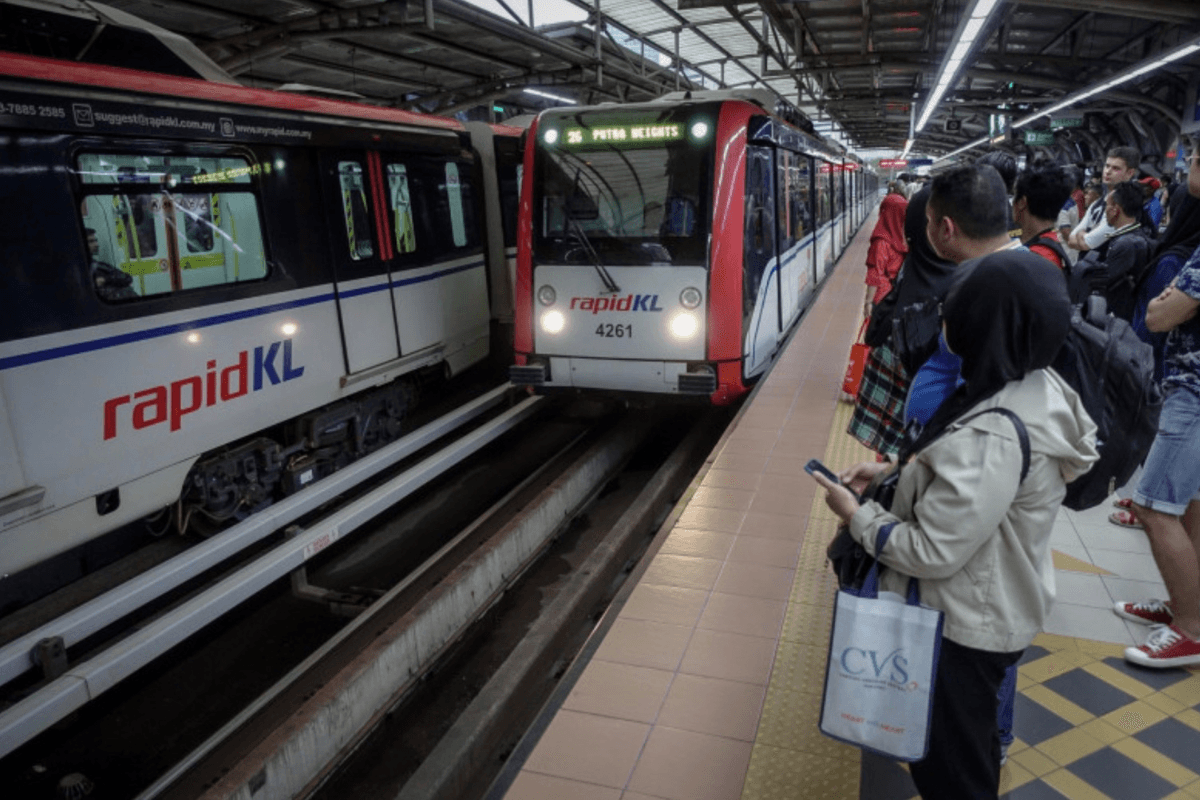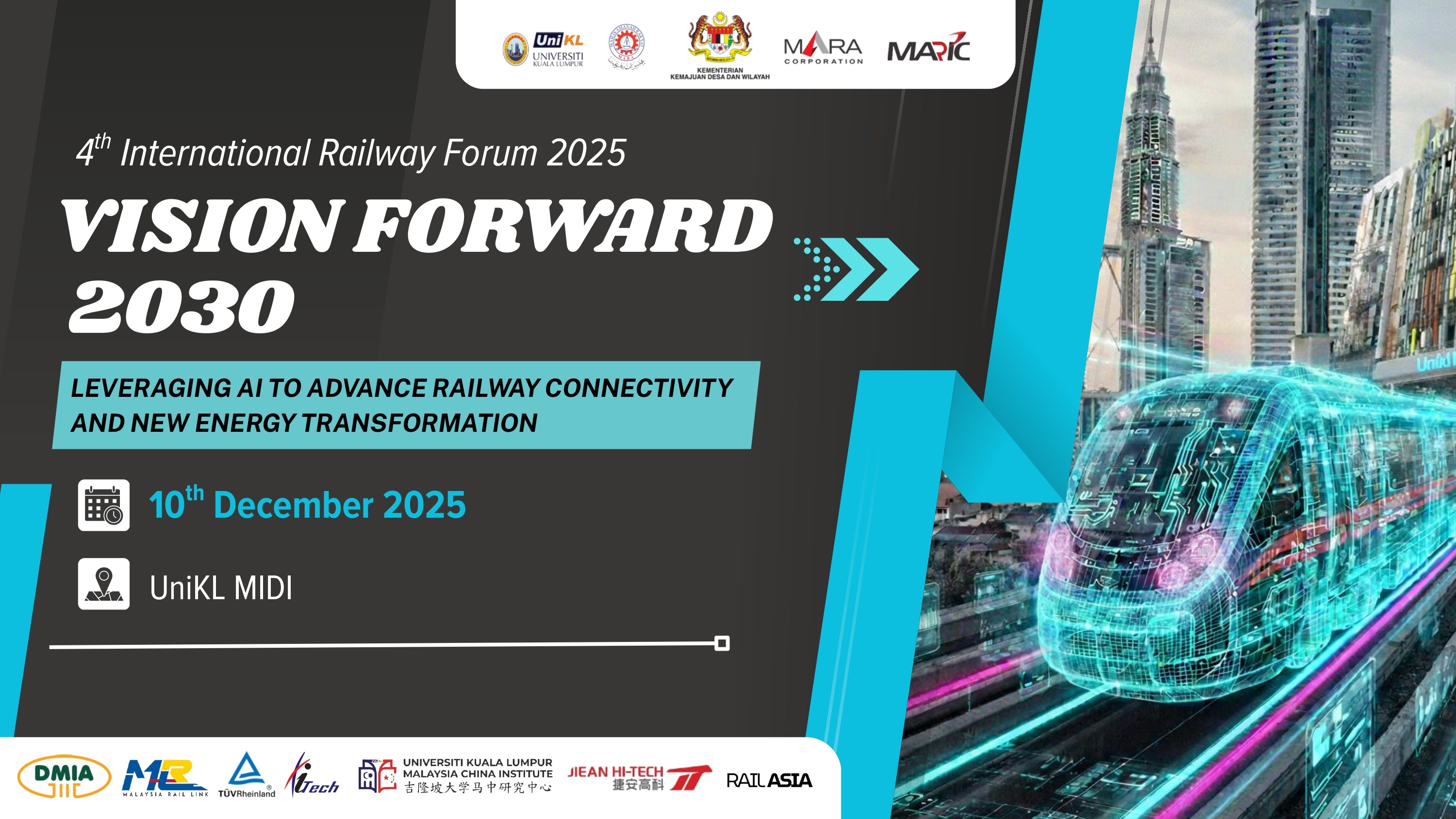Oct 29, 2025
Vietnam's North-South High-Speed Rail Project Set to Catalyze Automation and Economic Transformation
VIETNAM, October 2025 — Vietnam’s National Assembly has officially approved the investment policy for the North–South High-Speed Railway, a landmark infrastructure project valued at approximately US$67 billion. The initiative aims to transform the nation’s transportation landscape and strengthen its competitiveness with air and road travel by dramatically cutting journey times along the country’s major corridor.

The project will cover around 1,541 kilometres, connecting Hanoi and Ho Chi Minh City through 23 passenger stations and five freight terminals across 20 provinces. Designed for speeds of up to 350 kilometres per hour, the double-track electrified line is expected to commence major construction around 2027, with completion targeted by 2035.
Beyond enhancing mobility, the project is anticipated to deliver extensive benefits to Vietnam’s industrial and technological sectors. The construction and operation of high-speed rail require advanced automation systems such as modern signalling, track switching, automatic doors, and condition-monitoring technologies. This creates new opportunities for domestic industries to participate in research, design, and manufacturing of railway components through collaboration and technology transfer with foreign partners.
While Vietnamese firms may initially serve as subcontractors, the project provides a strategic pathway for them to build expertise, strengthen capacity, and eventually master core technologies in railway automation and manufacturing. Such progress could elevate Vietnam’s position in the global industrial value chain, moving the nation from assembly work toward innovation and technology ownership.
The initiative is also viewed as a catalyst for broad economic growth. By improving connectivity between regions, the high-speed railway will help streamline logistics, reduce transport costs, and stimulate development across sectors including construction, IT, and mechanical engineering. Supportive legal frameworks such as updated regulations to encourage local participation and innovation—will be crucial in realising these benefits.
Ultimately, the North–South High-Speed Railway represents more than just a transport project. It stands as a critical engine for Vietnam’s long-term industrial transformation, aimed at modernising logistics, fostering technological self-reliance, and promoting sustainable national development.
Source: Vietnamnet.vn
Related Post
Latest Post
Subscribe Us
Get Subscribe To Our Latest News & Update












